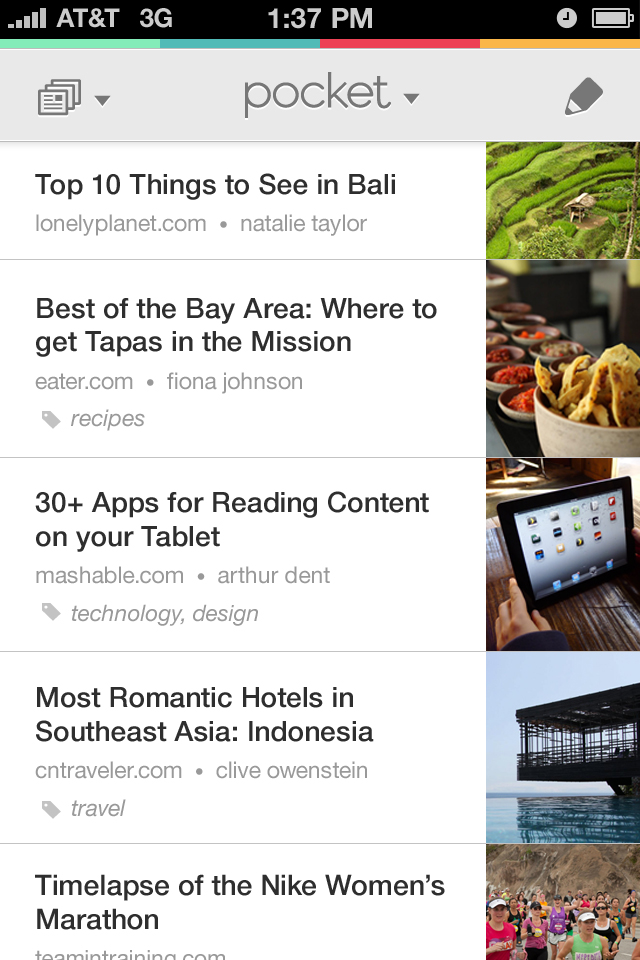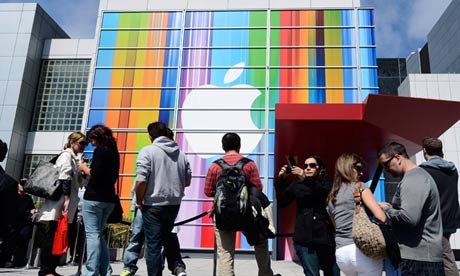A new Wall Street Journal report reveals that Google is indeed worried about Samsung’s increased role in the Android ecosystem, with the South Korean company being currently the number one Android smartphone and tablet maker when it comes to market share and profits.
We say indeed because we have speculated more than once that Samsung’s impressive lead could become a problem for Google at some point in the future. In fact, just recently an unofficial look into googling habits from potential buyers for the past year showed that some customers may already be confusing “Android” with “Galaxy,” with the later being the strongest device Android brand out there.
At the same time, Samsung is a great ally in the Android vs Apple war, one that Google can’t really afford to lose, so the Google-Samsung relationship is definitely one to follow in the coming months, especially if the latter is unhappy.
The report
As it always does, the WSJ has spoken with people familiar with the matter, who remain unnamed, but are able to comment on this particular business relationship. According to them, Google executives are worried about Samsung’s influence in the Android ecosystem and what the giant corporation could do in the future, as its market share increases:
Google executives are worried that Samsung could extract financial or other concessions if it gains more leverage, people with direct knowledge of the matter said. […]
At a Google event last fall for its executives, Android head Andy Rubin praised Samsung’s success and said the partnership had been mutually beneficial, a person familiar with the meeting said.
But Mr. Rubin also said Samsung could become a threat if it attains a dominant position among mobile-device manufacturers that use Android, the person said. Mr. Rubin said that Google’s recent acquisition of Motorola Mobility, which makes Android-based smartphones and tablets, served as a kind of insurance policy, or “hedge,” against a manufacturer such as Samsung gaining too much power over Android, the person said.
The worries
Apparently Google is worried that Samsung may affect its bottom line by demanding a larger cut of its mobile ad-based profits in the future – currently Samsung is getting 10% of the take – and/or that Samsung may ask for special favors, such as early access to future Android updates.
To Google, mobile ads are worth 8 billion a year according to recent estimates, and the number will certainly grow in the future. That 10% accounts for one hefty pay off to Samsung, and the South Korean giant has apparently “signaled that it might want more.”
Samsung is pulling some serious cash from Android device sales – $60 billion in 2012 alone – so should it demand more cash from Google ads? Well the company may have its own reasons for being sort-of angry with Google, including the Motorola purchase, or the Nexus 7 and Nexus 4 pricing structures, which may have affected to some extent Samsung’s own bottom line. So Samsung may feel it’s entitled to make up for lost Galaxy smartphones and tablet sales with more of Google’s money. After all, Samsung is in it for hardware profits, and needs to make money off device sales, without being able to rely to other revenue streams such as the Google Play Store or online advertising.
Is there also a worst-case scenario that Google fears, like Samsung completely moving to a different mobile platform? Samsung is still developing its own Linux-based OS, Tizen, which doesn’t look half-bad considering the recent screenshots we’ve seen. In fact, it looks like Tizen will become an even more important part of Samsung, with bada merging into Tizen in the future. Not to mention that Intel is also a very interested party in the Tizen project, as it could become an important play in its attack on the mobile market.
While it seems like a strange proposition for now, what if Samsung decided, at any point in the future, to move from Android to its own OS? The more it builds its Galaxy brand, the more customers will follow, without knowing or even caring that their next-gen Galaxy devices won’t run Android anymore. Sure, Android fans will stick with Android, and Samsung would lose customers in such a case, but the more power it can leverage in the Android landscape, the more it can present such a scenario to Google and make more demands.
We’re not forgetting that there’s always Windows Phone, a mobile OS Samsung is also working with, but one that wouldn’t necessarily fit to Samsung’s needs as a main mobile OS.
More realistically though, Samsung would only need to remove Google services from its Android smartphones and tablets – in an Amazon-like manner – to get Google’s attention.
The solution
If Google does indeed have a Samsung problem, then should we view the upcoming Google/Motorola X Phone as a possible solution to it? Are we going to see Google silently fight Samsung this year in an X Phone vs Galaxy S4 clash of titans?
Google has always said – at least so far – that it won’t give preferential treatment to Motorolanow that it owns it. We have no idea whether it meant it, or whether it was all just a show, so other Android device makers won’t worry about competing against future Motorola Nexus devices.
Moreover, according to a Google exec, the Motorola purchase was all about the patents – and now we hear it was a hedge bet according to Rubin. The company didn’t release any special Android device, not counting the new RAZR models, and did say recently that it still needs time until it’s able to make its own hardware.
But that might change with the Google X Phone, an extraordinary device expected to arrive at Google I/O in mid-May sporting high-end specs and running Google’s future Android 5.0 Key Lime Pie without actually being a Nexus device.
The X Phone has been spotted in various rumors and leaks so far, without being actually confirmed, but this time around WSJ does mention it:
Meanwhile, Google’s Motorola has been developing what it calls the X Phone to compete with Apple’s iPhone and Samsung’s Galaxy S devices, people with knowledge of the initiative have said.
The fact that the WSJ talks about the device gives added weight to the current X Phone reports out there – let’s not forget that just a few days ago, the same publication talked about Google’s Chromebook, which was launched hours after that particularly story hit the virtual presses. This time around, an X Phone announcement will not be just around the corner, but the device is looking more and more real.
The Galaxy S4 is going to be unveiled on March 14 at a special event in New York – which we’ll attend live – therefore at least two months before the X Phone becomes official. We’re certainly interested to see how this particular battle will play out, since in light of this WSJ report the X Phone looks more like a Galaxy S4 rival than a device meant to further chip away at Apple’s market and profit share – but yes, it will do both if successful.
Without mentioning any details about the device, the WSJ can certainly make Android fans dream about a high-end Motorola handset that would fight Samsung flagship devices:
In the event that Google’s relationship with Samsung goes south, the U.S. company’s Android business could work with the company’s Motorola unit—similar to the way Apple’s hardware and software units work together to create iPhones and iPads—to make sure Motorola’s Android devices are superior to the competition, people familiar with Google’s thinking said. Such a move could alienate other Android device makers, however.
Yes, other Android OEMs would also be hit by the X Phone, and could put Google in a strange situation. But Google has been in a strange situation before and was able to sort-of deal with that problem.
Looking back at how it all started – assuming Samsung disliked the Nexus 7 and Nexus 4 pricing policy – we’ll remind you that Google had to come out with a cheap Nexus 7 and to fight off the Amazon threat rather than to hurt Apple’s iPad sales, even if that mean angering regular Android partners in the process. Similarly, it could now have to launch a X Phone to prevent the Galaxy S4 from selling as well as it’s expected to sell, even if that means, again, angering everyone else in the process.
Naturally, don’t expect anyone to confirm that the X Phone is a product Google needs to prevent Samsung from getting an even larger share of the Android pie. The WSJ’s sources could always be wrong, and we could be wrong speculating on the state of the Google-Samsung relationship. Maybe the X Phone is meant to be Google’s own iPhone rival rather than a competitor to high-end Android devices. Time will tell.
From a different point of view, Google is said to have “high hopes” for the HTC One or the recently unveiled HP Slate 7 to threaten Samsung’s dominance in the Android ecosystem, although these are products that aren’t yet selling, and it will be a while until they hit stores. Does Google plan to help either HTC and/or HP in any particular manner? Again, time will tell and we’ll be here to report everything.
But since other high-end devices are yet to show their muscles, the X Phone – or the promise of an X Phone – could keep plenty of Android device buyers at home when the Galaxy S4 launches, especially those customers that prefer Nexus devices over anything else.
Earlier today we witnessed Samsung crashing the MWC 2013 party by casting a long Galaxy S4 shadow over the show. In its turn, does Google have reason to crash Samsung’s Galaxy S4 party in the coming weeks and months with more X Phone rumors primed to hit the web on a more regular basis? We’ll just have to wait and see.
What high-end phone would you rather buy, a Google X Phone or a Samsung Galaxy S4?




















